Back in the mid-'90s, when the internet was still a relatively small and tightly-knit community, an event occurred that would change online communication forever. It was the first large-scale instance of spam, and it involved a pair of lawyers and a controversial Green Card lottery program.
The story begins with two immigration lawyers, Laurence Canter and Martha Siegel, who were looking for a way to advertise their services to a large audience without spending a fortune. At the time, the U.S. government had introduced a Green Card lottery, allowing people from certain countries to apply for a chance to legally immigrate to the United States. Canter and Siegel saw an opportunity.
On April 12, 1994, they unleashed what would become known as the "Green Card Spam." Using a rudimentary script, they posted the same advertisement to over 6,000 Usenet newsgroups, offering their legal services to help people enter the lottery. Usenet was one of the earliest forms of online forums, a massive collection of discussion groups that covered just about every topic imaginable.
The reaction was immediate and overwhelmingly negative. Up until that point, Usenet had been a community-driven space where commercial posts were rare and heavily frowned upon. The sheer volume of identical messages disrupted conversations across thousands of groups, flooding the network with unwanted content.
Canter and Siegel’s actions sparked outrage among internet users. People were furious not just because of the commercial nature of the posts, but also because of the method: the same message was being force-fed into discussions where it had no relevance. This was the first time that such a blatant disregard for internet etiquette had been displayed on such a large scale.
The backlash was intense. Users bombarded Canter and Siegel with angry emails, and many attempted to get the posts removed from Usenet. Some even took retaliatory action, flooding the lawyers' email inboxes with complaints and setting up auto-responders to send the same message back to them repeatedly—a kind of early "spamback" tactic. Despite the outrage, the incident had a lasting impact on the internet.
Rather than backing down, Canter and Siegel embraced their notoriety. They published a book titled "How to Make a Fortune on the Information Superhighway," in which they defended their actions and encouraged others to use the internet for advertising. They argued that the internet was a new frontier for business and that traditional rules didn’t apply.
The "Green Card Spam" incident is now recognized as a pivotal moment in internet history. It led to the development of more sophisticated spam filters and the establishment of netiquette (internet etiquette) guidelines. The event also marked the beginning of the commercialization of the internet, a trend that would only accelerate in the years to come.
In retrospect, the Green Card Spam may seem trivial compared to the overwhelming flood of spam we deal with today, but at the time, it was a seismic shift. It represented the internet’s transition from a purely academic and hobbyist space to a commercial one, and it forced the online community to confront the challenges that came with that change.

